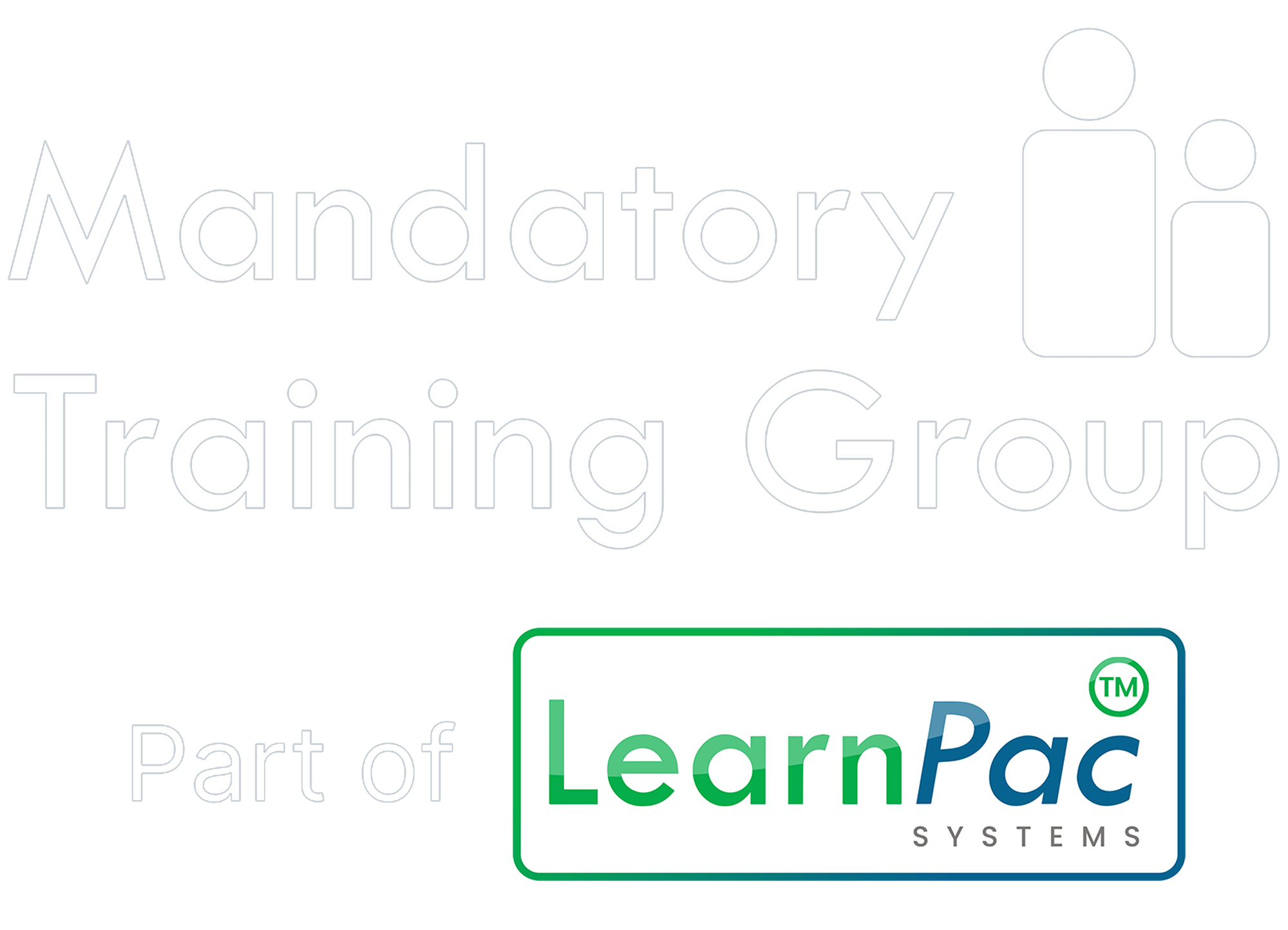You have no items in your shopping basket.
Key facts and statistics
- According to the Health and Safety Executive (HSE), around 44% of all reported workplace injuries in the healthcare sector are due to handling, lifting, or carrying activities.
- Musculoskeletal disorders (MSDs) account for nearly 20% of all sickness absences in the healthcare sector, with many attributed to poor moving and handling techniques.
- Research indicates that proper training in moving and handling techniques can reduce the risk of injury by up to 50%.
Key definitions
- Moving and handling - Refers to the physical tasks of transporting or supporting a person, including lifting, transferring, and repositioning.
- Unsafe techniques - Methods of moving and handling that increase the risk of injury to either the caregiver or the person being moved.
- Risk assessment - Is identifying hazards and evaluating the associated risks to determine appropriate control measures.
Relevant legislation, regulations, and best practice
- Manual Handling Operations Regulations 1992 - Places a legal duty on employers to ensure the health and safety of employees when undertaking manual handling tasks, including moving and handling people.
- Health and Safety at Work Act 1974 - Requires employers to provide a safe working environment and adequate training to reduce the risk of workplace injuries.
- Best practice guidelines - Offered by organisations such as the National Institute for Health and Care Excellence (NICE) and the Royal College of Nursing (RCN), these guidelines outline recommended approaches for safe moving and handling techniques.
Understanding the risks
Improper moving and handling techniques can lead to a range of injuries, including strains, sprains, and more severe musculoskeletal disorders. These injuries not only cause physical discomfort but can also impact the quality of patient care.
Training and education
Comprehensive training is essential for all staff involved in moving and handling people. This training should cover risk assessment, proper lifting techniques, the correct use of equipment such as hoists and slings, and strategies for minimising the risk of injury.
Implementing best practice
Employers should ensure that they have robust policies and procedures for safe moving and handling. This includes regular risk assessments, adequate staffing levels to support safe practices, and access to appropriate equipment and resources.
Recommendations
- Prioritise staff training - Invest in regular training sessions to ensure all staff have the knowledge and skills needed for safe moving and handling.
- Promote a culture of safety - Encourage open communication and a proactive approach to identifying and addressing potential risks in the workplace.
- Utilise technology - Explore using assistive devices and technology, such as patient lifting hoists and slide sheets, to reduce the manual handling burden on staff.
Conclusion
Organisations can significantly reduce the risk of injuries associated with moving and handling people by prioritising safety and investing in comprehensive training and resources. By adhering to best practice guidelines and staying informed about relevant legislation, we can create safer environments for caregivers and those in their care.
Click here to explore our range of moving and handling training courses, which are CPD accredited and powered by ComplyPlus LMS™. Equip your team with the knowledge and skills needed to ensure workplace safety.
About the author
Rose Mabiza
Rose has dedicated over 15 years to improving health and social care quality through practice, targeted education and training. Her extensive experience includes working with older adults, individuals with mental health conditions, and people with autism and learning disabilities.

Contact us
Complete the form below to start your ComplyPlusTM trial and transform your regulatory compliance solutions.



